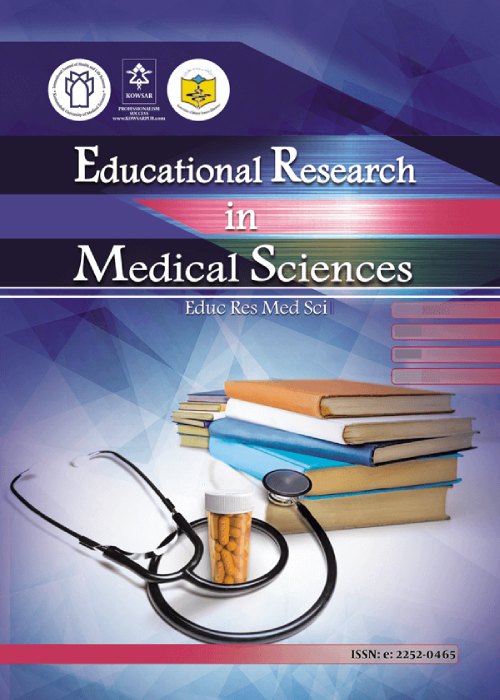Interactive Role of Organizational Learning and Informal Norms in Accountability and Job Performance in 2014
Author(s):
Abstract:
Introduction
Although the contribution of organizational learning to employee organizational performance is well documented, the mechanisms that explain such relationship remain unclear. Accordingly, the purpose of this paper is to investigate the interactional role of organizational learning and informal norms in accountability and job performance of the staff in a medical department.Methods
The research method of the study is descriptive-correlational type. The statistical population of this study included all staff (N=315) of the Medical Department in Oshnavieh Hospital in 2014. For data gathering in this study, a sample comprising of 180 staff was selected using stratified random sampling. The data were collected through standard questionnaires of Neefe for organizational learning, informal norms of Hall, job performance of Paterson, and the questionnaire of individual accountability of Hochwarter. Pearson and moderated multiple regression analysis were used to test hypotheses.Results
Results showed that organizational learning has a positive and significant correlation with job performance and individual accountability. The results, also, showed a positive and significant correlation between informal norms, personal accountability, and job performance. Regression results showed the interactive role of learning structure dimensions, strategy, and shared vision with informal norms, predicting individual accountability of the staff. Also, interactive role of organizational learning and informal norms was confirmed in predicting job performance of the medical staff.Conclusion
Theresult of this study hold out that organizational learning directly and with interaction of informal norms improves staff's performance and accountability. As a result of improved informal norms in a medical setting, we will have staffs strong accountability and performance.Keywords:
Language:
English
Published:
Educational Research in Medical Sciences, Volume:4 Issue: 2, Dec 2015
Pages:
7 to 14
https://magiran.com/p1588693


